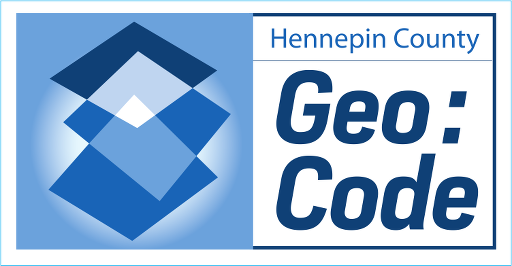
People of all backgrounds and skills will use open data to develop solutions to community challenges at Geo:Code 2018, being held March 24 and 25 at Central Library, 300 Nicollet Mall.
During the annual event, civic-minded residents, geographers, technology developers and Hennepin County officials will come together for hands-on presentations, discussions and working sessions. Participants will brainstorm solutions to make county government more transparent and accessible. The event is free and open to people of all backgrounds and interests.
Topics for Saturday, March 24, 9:00am – 5:00pm
Delighting your customer: What does creating a great customer experience look like? Learn service approaches and behaviors to power moments and create experiences.
.
Introduction to Usability Testing: See examples of successful usability projects, view a live demo, and learn tips and techniques to start talking with your users.
.
Innovation by Design – Rapid Prototyping: Start with user research, create a low fidelity prototype, test the prototype, iterate and create an interactive prototype.
.
Story Maps – Visual Storytelling with Maps: Go through the process of telling stories with maps using the ESRI Story Map platform. Bring a computer or tablet to create your own Story Maps in this workshop.
.
Crowdsourcing Spatial Data Collection: Learn how to harness the crowdsourcing data collection capabilities of Esri’s online mapping platform, ArcGIS Online.
.
Topics for Sunday, March 25, 10:00am – 3:00pm
.
Digital Government Listening Session: Help us design a new virtual “doorway” to Hennepin County! Tells us your thoughts and ideas on dealing with usernames, passwords, security questions, and profiles.
.
Data and Statutes and Laws, Oh My!: Learn about the laws we have to follow to protect data, and how to request it. In addition, we’ll be discussing what you (the citizens) want from us.
.
Data!: Learn about free and open data sources that are available, where they come from and how to use them well.
 Thursday, March 22, 2018 at 9:13AM |
Thursday, March 22, 2018 at 9:13AM |  Kim Eslinger |
Kim Eslinger | 
